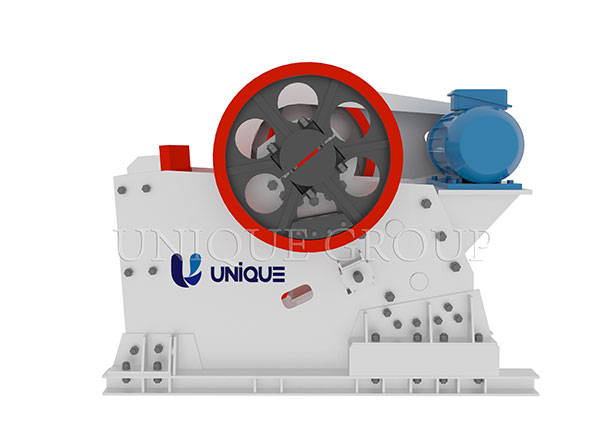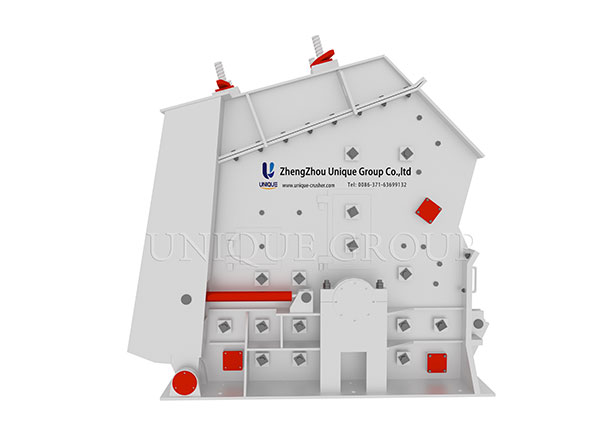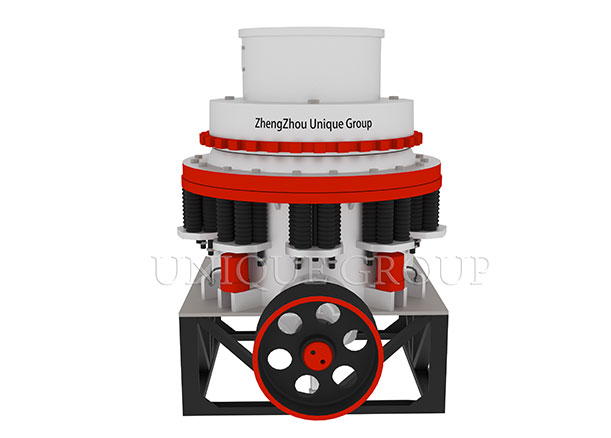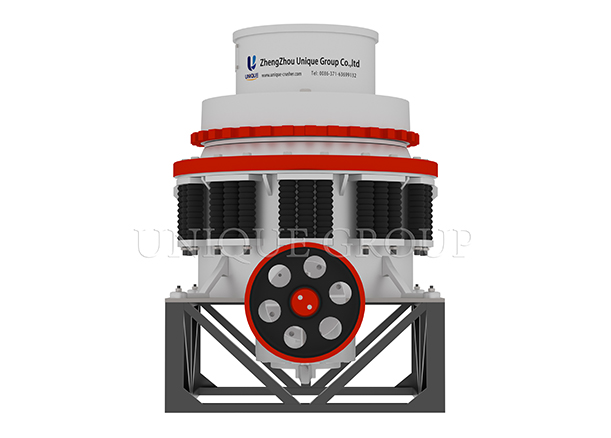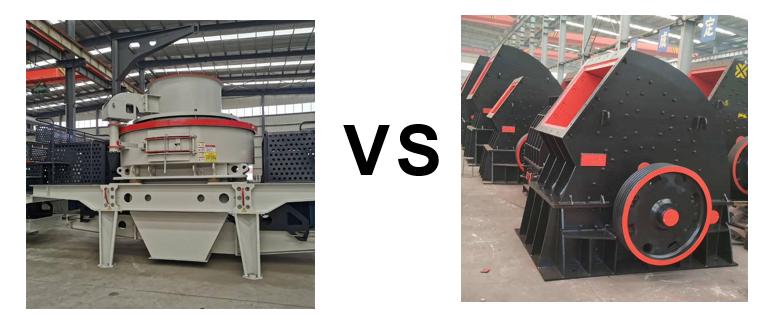Tel: +86-371-63699132
Fax: +86-371-63935058
E-mail:
sales@unique-crusher.com
Zip Code: 450008
Differences Between VSI Stone Crusher and Hammer Stone Crusher in Sand Making
Differences Between VSI Stone Crusher and Hammer Stone Crusher in Sand Making
Both VSI (Vertical Shaft Impact) stone crushers and hammer stone crushers play crucial roles in the sand making process. To understand their differences comprehensively, we'll compare them across multiple dimensions, including working principles, particle shape, production capacity, wear resistance, and energy consumption.
Working Principle
The VSI stone crusher operates on the principle of "stone hitting stone" or "stone hitting iron." Materials enter the high-speed rotating impeller and are accelerated to high speeds. Then, they are thrown out and collide with the stationary anvil or other materials in the crushing chamber, undergoing multiple impacts and attritions to achieve crushing. This multi - stage impact process is designed to produce high-quality sand.
On the other hand, a hammer stone crusher uses a rotor equipped with hammers. When the rotor rotates at high speed, the hammers strike the incoming materials, crushing them against the breaker plates or liners inside the crushing chamber. The crushed materials are further reduced in size as they are repeatedly struck by the hammers and broken by the impact forces and the self-weight of the falling materials.
Particle Shape
VSI crushers are renowned for producing high-quality, well-shaped sand particles. Due to the "stone hitting stone" mechanism, the particles experience less abrasion on their edges, resulting in a more cubical shape. This is highly desirable in construction applications, as cubical - shaped sand provides better interlocking in concrete, improving its strength and workability.
Hammer stone crushers, while effective at crushing, tend to produce sand particles with more irregular shapes and a higher proportion of flaky and elongated particles. These non-uniform particle shapes can have a negative impact on the performance of concrete and other construction materials, potentially reducing their strength and durability.
Production Capacity
VSI crushers generally have a relatively large production capacity, especially when handling medium to hard materials. Their efficient impact - based crushing mechanism allows them to process large volumes of materials continuously. Modern VSI crushers can be designed to handle several hundred tons per hour, depending on the model and application.
Hammer stone crushers also offer good production capacities, but they may be slightly lower than VSI crushers in some cases, especially when dealing with very hard materials. The hammer - based crushing method may require more frequent maintenance and replacement of wear parts, which can also impact the overall production time and capacity.
Wear Resistance
In VSI crushers, the wear - resistant parts, such as the impeller and the anvil, are made of high-quality wear - resistant materials. The "stone hitting stone" principle reduces the direct impact of hard materials on the metal parts, which helps to extend the service life of these components. However, in some cases where the "stone hitting iron" mode is used, the wear rate may increase.
Hammer stone crushers rely on hammers and breaker plates, which are directly exposed to the impact of materials. The hammers, in particular, experience significant wear, especially when crushing hard and abrasive materials. This results in more frequent replacement of wear parts, increasing the maintenance cost and downtime of the crusher.
Energy Consumption
VSI crushers are relatively energy-efficient in the sand making process. Their optimized crushing mechanism reduces unnecessary energy losses during the impact and crushing of materials. By using the kinetic energy of the high-speed rotating impeller effectively, they can achieve a high crushing ratio with relatively lower energy consumption per unit of output.
Hammer stone crushers, on the other hand, may consume more energy due to the continuous high-speed rotation of the rotor and the repeated impact of the hammers on the materials. The need to overcome the inertia of the hammers and the resistance from the crushed materials leads to higher energy requirements, especially when processing large quantities of hard materials.
In conclusion, VSI stone crushers and hammer stone crushers have their own characteristics in the sand making process. VSI crushers excel in producing high-quality sand with good particle shape, high production capacity, better wear resistance, and lower energy consumption. Hammer stone crushers, although they may have some limitations in particle shape and wear resistance, are still a cost-effective option for certain applications, especially when dealing with softer materials or where the requirements for particle shape are not as strict. The choice between the two depends on various factors such as the nature of the raw materials, production requirements, and budget constraints in a sand making project.






 العربية
العربية Español
Español Português
Português Deutsch
Deutsch